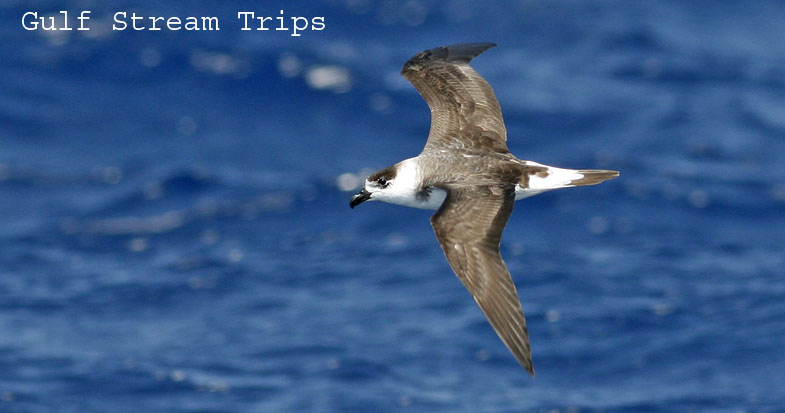
2013
Rates and Information
*2013
Price: $160 per person per day (*$10 off on each Hatteras trip for two or
more days in a 10 day period - so $150 per person/day)
*Spring
Blitz Special $140 per person per day if you
take 5 or more trips with us from May 21th thru June 3rd
*Meeting time
5:15 am at Hatteras Landing Marina in Hatteras, NC for
Hatteras trips from May to late June; 5:30 July and August.
*Wanchese
departures August 23, 24, 25 are $180 per person per day or $500 for all
three days. These trips are limited to 20 participants, information on
meeting time and location will be sent to you with your confirmation (via
email).
*Duration : 10 to 11 hours
We did
not raise our rates for 2013, but if fuel prices become ridiculous, we may be forced to add
a small surcharge-just enough to keep our costs on target. As in the
past ,we are open for charters if you would like to organize your own group
of participants for a day offshore! We now are ready to run charters
on our smaller boat F/V Skua for up to six participants, so if you have a
smaller group that would like to go offshore let us know!
Most of the pelagic trips we run during the warmer months visit the Gulf Stream-
a highly dynamic, warm water current that passes very close to Cape Hatteras.
The Gulf Stream moves generally in a northeasterly direction.
Near Cape Hatteras, the Gulf Stream meets the southbound Labrador
Current. The latter is a cold water
current, which has considerably less velocity than the Gulf Stream, but
nevertheless plays and important part in creating the dynamic marine ecosystem
along the west wall of the Gulf Stream. The
west wall of the Gulf Stream is usually 20 to 25 miles from Hatteras Inlet.
While many species of pelagic seabirds feed primarily along the west wall of the
Gulf Stream, some, such as the Black-capped Petrel (a regional specialty) are
found primarily a few miles seaward of the Gulf Stream edge.
Others, such as tropicbirds, may be found in the relatively unproductive
Gulf Stream interior.
On some days the west wall of the Gulf Stream is easy to spot, as cobalt blue
water meets shelf water that is green "as a gourd". At other times,
particularly if the stream is a bit farther offshore, the change might be subtle
and there can be a large area of "blended water" between the shelf
water and the axis of the stream. The axis is where the "hard current" is located.
The current generally flows on a northeasterly heading at about 2 to 4
knots.
There are a number of seabirds typically associated with Gulf Stream water in
the western North Atlantic. These
are Black-capped Petrel, Audubon's Shearwater, Band-rumped Storm-Petrel,
White-tailed Tropicbird, Red-billed Tropicbird, Masked Booby, and Bridled &
Sooty Terns. Many of the rarities
we see, Bermuda Petrel, Fea’s Petrel, & Herald Petrel, are seldom found
away from this feature, but that might be more of a coincidence than a real
association, because we see a number of cold-temperature species in the Gulf
Stream with great frequency, Great Shearwater, Sooty Shearwater, & Wilson's
Storm-Petrel.
In any event, for most of the spring and summer, the Gulf Stream off Cape
Hatteras is probably the most consistent (and convenient) place in the western
North Atlantic for finding a variety of pelagic seabirds on any given day.
Getting there usually only takes between 2 to 2.5 hours of traveling each
direction, so most of our day is spent in or along the Gulf Stream.

